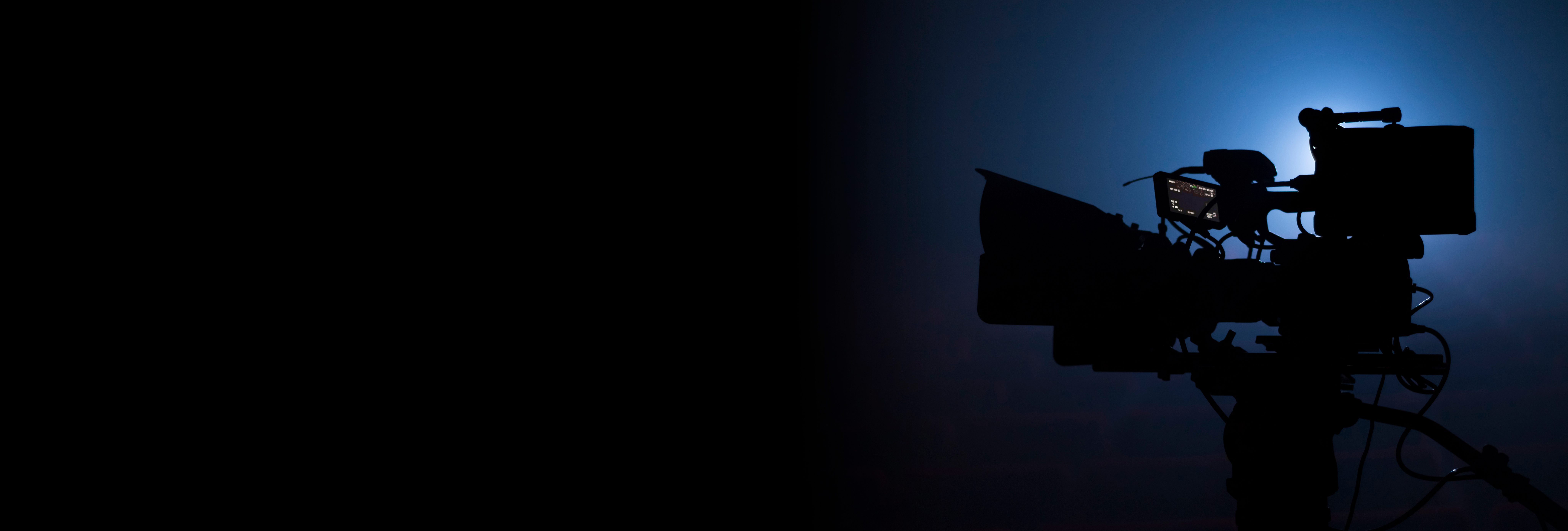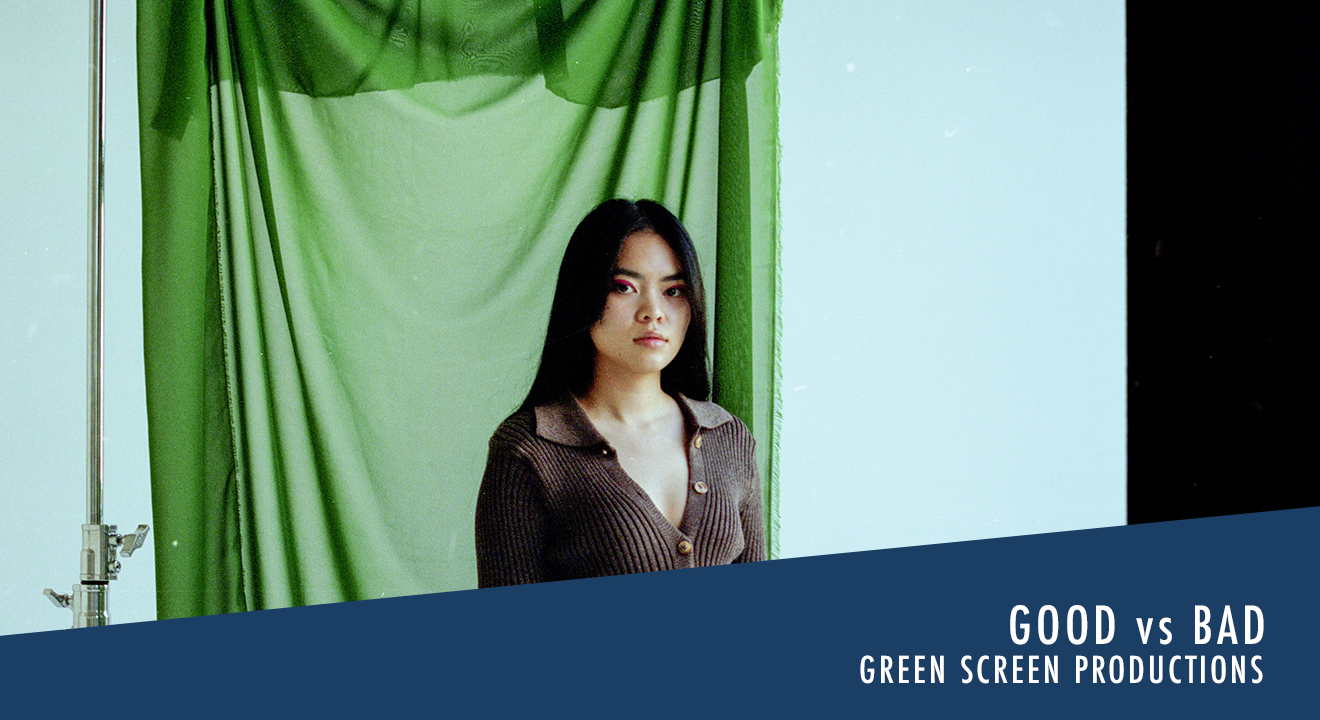The difference between good and bad green screen productions is very slim!
Over the last twelve years, the Indie Film Factory has had a front row seat to our community’s most prominent green screen productions. From reality TV shows and documentaries to feature films and student productions, we have seen a lot. As a result, we have learned the hard way on what it takes to pull off a successful green screen production. Often times, clients assume that you can go into a green screen studio, set up a camera and shoot, and somehow magically, you can transport your subject anywhere. Although that may be partially true, the line between good green screen, and bad green screen productions is very narrow.
Here are some tips that can help you create the best results for your next project.It’s all about the lighting

For years, the basic application for lighting green screens was making sure that your talent was evenly lit. You also wanted to make sure that the subject had a good key light to help separated from the background. Although doing this will help you achieve a good composite result, it is not factoring in the lighting environment that you will later put in the background.
So for example, if you are filming a green screen shot that is supposed to take place outside, you need to think about where the direction of the lighting is coming from. Is it from the east or west? Is the time of day matter? Are the shadows long, or is it overcast? The temperature of the light source is also important. Depending on the time of day your background plate takes place, could be an indication on how blue or red the lighting in the studio needs to be
For filming outdoor environments, is almost better to film the green screen plate outdoors using a pop up green screen and natural lighting. Sometimes studio lighting can look artificial no matter how expensive your lighting is. Nothing can replace good old-fashioned sunlight. As independent filmmakers, we are always looking for the most efficient way to achieving results. Sometimes, bringing the green screen outside can be your best solution.
Take time to study the direction of the lighting in your background photo or video. Take notice in where windows and other lighting fixtures are located in the scene. Also be sure to understand ambient light refraction. This is regarding lighting that comes from other surrounding objects like a wall or something shiny like a desk. By taking a little bit of extra care, you can implement studio lighting effects into your green screen shot to help mend the two shots perfectly in editing.
Use video backgrounds

One the biggest mistakes we see with green screen productions is that the editor will use static photos as a backgrounds. This can make your final result look very artificial. There’s a certain quality to artificial grain and video noise cannot emulate. Although there are some great plug-ins out there for creating noise for static photos, there is nothing like having an actual video plate behind your green screen subject. Another thing to take notice of is depth of field. If you can film a video plate with natural depth of field, your end result will appear more natural.
You can find various video backdrops on stock media sites like Pond 5, and Shutterstock.Foreground objects

Hollywood has become masterful at creating realistic green screen. If you’ve ever watched any behind the scenes on green screen productions, you will notice that there are multiple video layers added to the clip to make it believable. In addition to putting a background image behind your subject, video compositors will put foreground images, which will help sell the illusion of depth. By adding things in front of your green screen subject like tables, chairs, columns or walls, you can help create the illusion of lens depth. You can also experiment with changing the focus on each of these items as if a camera operator was riding the lens throughout the shot.
Details matter

Lastly, it is important to think about the little details when you are doing green screen productions. As with most visual effects, it’s the small details that help sell the reality. When you are looking to create a world for whatever you are doing on a green screen, think about the real world elements that you would face if you were filming in a real environment. Think about dust, think about light refraction, think about props and foreground. The more layers and elements you can add to your green screen, the more realistic and believable the end result will be.
We hope you enjoyed these little tips and we look forward to seeing your next green screen production at our studio soon!




